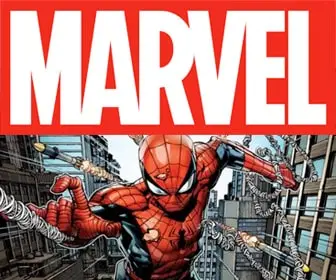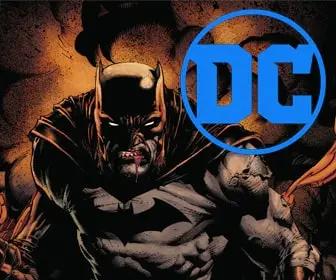
Crafting the Canvas: Laying Out a Comic Book Page & Choosing the Right Size
As comic book creators, we often get absorbed in character designs, intricate storylines, and action sequences. However, before we dive into those elements, one foundational aspect demands our attention: the layout and size of our comic book pages. This decision not only affects the print quality but also how our readers experience the story.
1. The Importance of Page Layout
A comic book’s layout is like the film director’s choice of angles and cuts. It determines pacing, focuses the reader’s attention, and enhances the narrative’s emotion and drama. A well-laid-out page can transform a good story into an unforgettable one.
2. Standard Comic Book Sizes
Most mainstream comic books follow standard dimensions:
- Floppies/Single Issues: Generally 6.625″ x 10.25″
- Trade Paperbacks: Often 6.625″ x 10.25″, but can vary
- Manga: Usually 5″ x 7.5″
However, these are the sizes of the printed comic book. The original artwork is typically larger, allowing for higher detail during creation, which is then scaled down for print.
3. Deciding on Original Artwork Size
Most comic artists work on larger pages for several reasons:
- Detail: Larger pages allow for more detail, which remains visible even when scaled down.
- Inking: Bigger pages give inkers room to create smooth lines.
- Mistakes: Errors are less noticeable when the artwork is reduced.
A common practice for original artwork is to create at 150% of the print size. So if your intended print size is 6.625″ x 10.25″, the original artwork size would be roughly 9.9375″ x 15.375″.
4. Bleed and Safe Areas
Remember the following areas when creating your comic page:
- Bleed Area: The outermost part of the page, which might get cut off during printing. Art can extend into this area, ensuring no unintended white margins, but avoid crucial elements here.
- Trim Area: The area where the page will likely be cut.
- Live or Safe Area: All vital art and text should remain within this area to avoid being trimmed.
A standard bleed is usually an additional 0.125″ on each side, but always confirm with your printer.
5. Panel Layout and Flow
- Grid System: Many comics use a grid system, like the 3×3 grid, ensuring clarity and readability. You can always break the grid for dramatic panels.
- Panel Size and Shape: These can influence pacing. Large, wide panels can slow down reading, creating a more extended moment, while smaller panels can speed up pacing.
- Gutter Space: The space between panels. Too much space can disconnect panels, while too little can make them feel cramped.
6. Digital Considerations
If you’re working digitally, the principles remain the same. Ensure your digital canvas is at the right resolution. For detailed comic artwork, 300 dpi (dots per inch) or higher is recommended. So, for a 9.9375″ x 15.375″ artwork size, the digital canvas should be 2,981 x 4,613 pixels.
Final Thoughts
The layout and size of your comic book page play a vital role in storytelling. While there are industry standards, remember that comics are a medium of expression. Don’t be afraid to experiment and find what best complements your narrative and artistic style. Happy creating!
References:
Antiques Trade Gazette
Just Collecting
Comic Art Fans
Blambot














